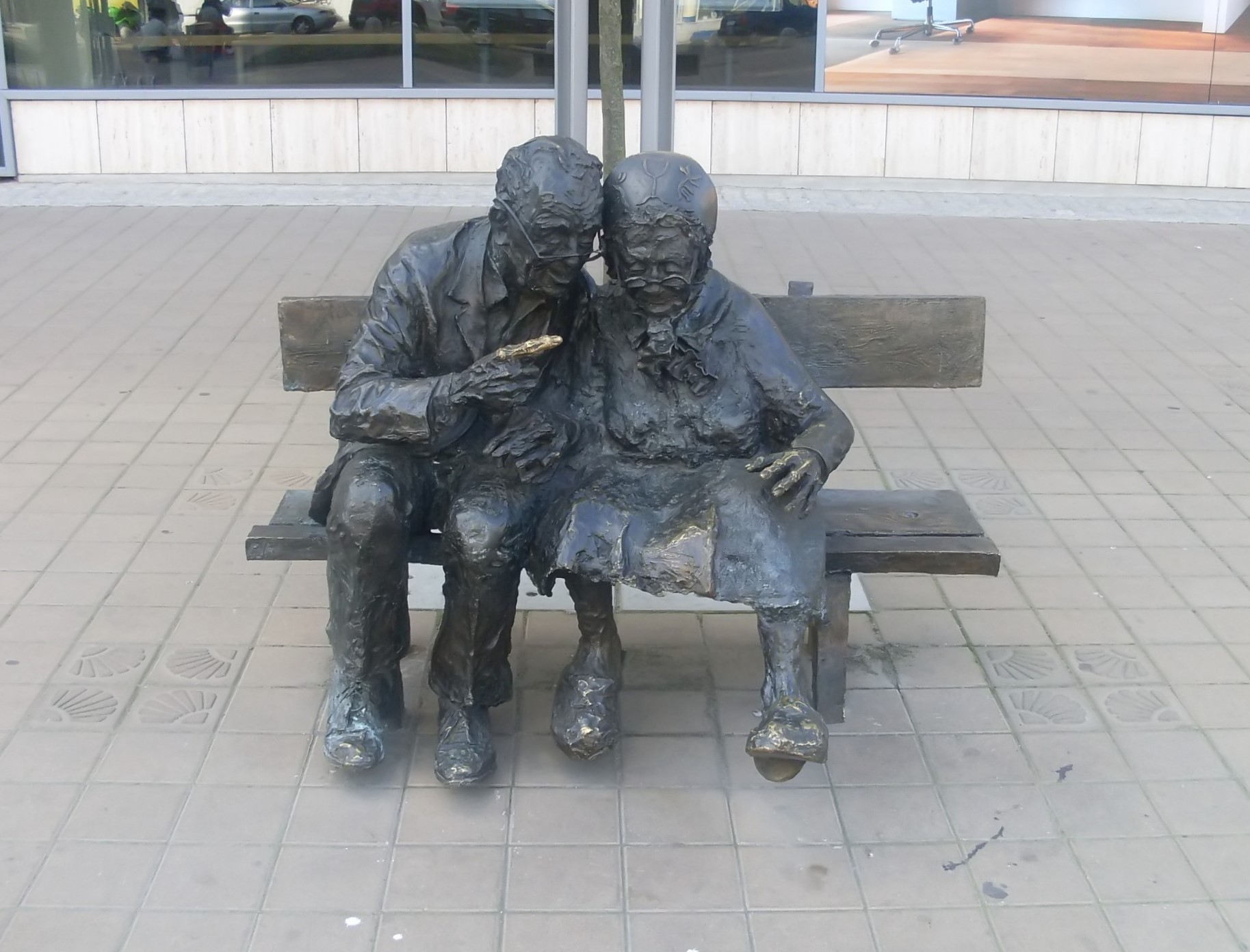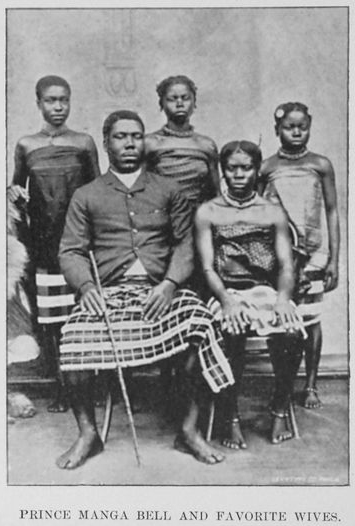|
Sociosexual Orientation Inventory
The Sociosexual Orientation Inventory''(SOI-R)is a 9-item self-report questionnaire designed to measure individuals differences in the tendency to have casual, uncommitted sexual relationships. This tendency, termed '' sociosexuality'' or ''sociosexual orientation'', is divided into three facets measured by the inventory: ''behavior'' (in terms of number of casual and changing sex partners), ''attitude'' (towards uncommitted sex) and ''desire'' (for people not in a romantic relationship). The most recent revision is from 2008. History Sociosexuality as a concept was introduced by Alfred Kinsey to describe differences in individuals tendency to engage in uncommitted sexual relationships. Minimal research was done until interest in the topic markedly increased when Gangestad and Simpson released their 5-item Sociosexual Orientation Inventory in 1991. However, serious problems were found with the original scale with respect to sociosexuality as a single dimension, its sometimes low ... [...More Info...] [...Related Items...] OR: [Wikipedia] [Google] [Baidu] |
Self-report Inventory
A self-report inventory is a type of psychological test in which a person fills out a survey or questionnaire with or without the help of an investigator. Self-report inventories often ask direct questions about personal interests, values, symptoms, behaviors, and traits or personality types. Inventories are different from tests in that there is no objectively correct answer; responses are based on opinions and subjective perceptions. Most self-report inventories are brief and can be taken or administered within five to 15 minutes, although some, such as the Minnesota Multiphasic Personality Inventory (MMPI), can take several hours to fully complete. They are popular because they can be inexpensive to give and to score, and their scores can often show good reliability. There are three major approaches to developing self-report inventories: theory-guided, factor analysis, and criterion-keyed. Theory-guided inventories are constructed around a theory of personality or a prototype ... [...More Info...] [...Related Items...] OR: [Wikipedia] [Google] [Baidu] |
Sociosexuality
Sociosexuality, sometimes called sociosexual orientation, is the individual difference in the willingness to engage in sexual activity outside of a committed relationship. Individuals who are more ''restricted'' sociosexually are less willing to engage in casual sex; they prefer greater love, commitment and emotional closeness before having sex with romantic partners. Individuals who are more ''unrestricted'' sociosexually are more willing to have casual sex and are more comfortable engaging in sex without love, commitment or closeness. Measurement The revised Sociosexual Orientation Inventory (SOI-R) was designed to measure sociosexuality, with high SOI scores corresponding to an unrestricted orientation and low SOI scores denoting a more restricted orientation. The SOI-R also allows for the separate assessment of three facets of sociosexuality: behavior, attitude and desire. Gender differences and sexual orientation Men tend to have higher SOI scores and be more unrestricted tha ... [...More Info...] [...Related Items...] OR: [Wikipedia] [Google] [Baidu] |
Casual Sex
Casual sex is sexual activity that takes place outside a romantic relationship and implies an absence of commitment, emotional attachment, or familiarity between sexual partners. Examples are sexual activity while casually dating, one-night stands, prostitution or swinging. Practices Single encounters A one-night stand is a single sexual encounter between individuals, where at least one of the parties has no immediate intention or expectation of establishing a longer-term sexual or romantic relationship. Anonymous sex is a form of one-night stand or casual sex between people who have very little or no history with each other, often engaging in sexual activity on the same day of their meeting and usually never seeing each other again afterwards. Social sex The terms ''friends with benefits'' and ''booty call'' describe situations in which a person has sex with someone they generally consider a friend or someone they are fairly close to. They are not in an exclusive rom ... [...More Info...] [...Related Items...] OR: [Wikipedia] [Google] [Baidu] |
Alfred Kinsey
Alfred Charles Kinsey (; June 23, 1894 – August 25, 1956) was an American sexologist, biologist, and professor of entomology and zoology who, in 1947, founded the Institute for Sex Research at Indiana University, now known as the Kinsey Institute for Research in Sex, Gender, and Reproduction. He is best known for writing ''Sexual Behavior in the Human Male'' (1948) and ''Sexual Behavior in the Human Female'' (1953), also known as the Kinsey Reports, as well as for the Kinsey scale. Kinsey's research on human sexuality, foundational to the field of sexology, provoked controversy in the 1940s and 1950s, and, because of accepting data donation from pedophiles in particular has continued to provoke controversy decades after his death. His work has influenced social and cultural values in the United States as well as internationally. Early life and education Alfred Kinsey was born on June 23, 1894, in Hoboken, New Jersey, the son of Sarah Ann ( Charles) and Alfred Seguine Kinsey ... [...More Info...] [...Related Items...] OR: [Wikipedia] [Google] [Baidu] |
Discriminant Validity
In psychology, discriminant validity tests whether concepts or measurements that are not supposed to be related are actually unrelated. Campbell and Fiske (1959) introduced the concept of discriminant validity within their discussion on evaluating test validity. They stressed the importance of using both discriminant and convergent validation techniques when assessing new tests. A successful evaluation of discriminant validity shows that a test of a concept is not highly correlated with other tests designed to measure theoretically different concepts. In showing that two scales do not correlate, it is necessary to correct for attenuation in the correlation due to measurement error. It is possible to calculate the extent to which the two scales overlap by using the following formula where r_ is correlation between x and y, r_ is the reliability of x, and r_ is the reliability of y: :\cfrac Although there is no standard value for discriminant validity, a result less than 0.70 sugg ... [...More Info...] [...Related Items...] OR: [Wikipedia] [Google] [Baidu] |
Mating System
A mating system is a way in which a group is structured in relation to sexual behaviour. The precise meaning depends upon the context. With respect to animals, the term describes which males and females mate under which circumstances. Recognised systems include monogamy, polygamy (which includes polygyny, polyandry, and polygynandry), and promiscuity, all of which lead to different mate choice outcomes and thus these systems affect how sexual selection works in the species which practice them. In plants, the term refers to the degree and circumstances of outcrossing. In human sociobiology, the terms have been extended to encompass the formation of relationships such as marriage. In plants The primary mating systems in plants are outcrossing (cross-fertilisation), autogamy (self-fertilisation) and apomixis (asexual reproduction without fertilization, but only when arising by modification of sexual function). Mixed mating systems, in which plants use two or even all three matin ... [...More Info...] [...Related Items...] OR: [Wikipedia] [Google] [Baidu] |
Monogamy
Monogamy ( ) is a form of dyadic relationship in which an individual has only one partner during their lifetime. Alternately, only one partner at any one time ( serial monogamy) — as compared to the various forms of non-monogamy (e.g., polygamy or polyamory). The term is also applied to the social behavior of some animals, referring to the state of having only one mate at any one time. A monogamous relationship can be sexual or emotional, but it's usually both. Many modern relationships are monogamous. Terminology The word '' monogamy'' derives from the Greek μονός, ''monos'' ("alone"), and γάμος, ''gamos'' ("marriage").Cf. "Monogamy" in ''Britannica World Language Dictionary'', R.C. Preble (ed.), Oxford-London 1962, p. 1275:''1. The practice or principle of marrying only once. opp. to digamy now ''rare'' 2. The condition, rule or custom of being married to only one person at a time (opp. to polygamy or bigamy) 1708. 3. Zool. The habit of living in pairs, or ... [...More Info...] [...Related Items...] OR: [Wikipedia] [Google] [Baidu] |
Polygamy
Crimes Polygamy (from Late Greek (') "state of marriage to many spouses") is the practice of marrying multiple spouses. When a man is married to more than one wife at the same time, sociologists call this polygyny. When a woman is married to more than one husband at a time, it is called polyandry. In contrast to polygamy, monogamy is marriage consisting of only two parties. Like "monogamy", the term "polygamy" is often used in a '' de facto'' sense, applied regardless of whether a state recognizes the relationship.For the extent to which states can and do recognize potentially and actual polygamous forms as valid, see Conflict of marriage laws. In sociobiology and zoology, researchers use ''polygamy'' in a broad sense to mean any form of multiple mating. Worldwide, different societies variously encourage, accept or outlaw polygamy. In societies which allow or tolerate polygamy, in the vast majority of cases the form accepted is polygyny. According to the ''Ethnog ... [...More Info...] [...Related Items...] OR: [Wikipedia] [Google] [Baidu] |
Promiscuity
Promiscuity is the practice of engaging in sexual activity frequently with different partners or being indiscriminate in the choice of sexual partners. The term can carry a moral judgment. A common example of behavior viewed as promiscuous by many cultures is the one-night stand, and its frequency is used by researchers as a marker for promiscuity. What sexual behavior is considered promiscuous varies between cultures, as does the prevalence of promiscuity. Different standards are often applied to different genders and civil statutes. Feminists have traditionally argued a significant double standard exists between how men and women are judged for promiscuity. Historically, stereotypes of the promiscuous woman have tended to be pejorative, such as "the slut" or "the harlot", while male stereotypes have been more varied, some expressing approval, such as "the stud" or "the player", while others imply societal deviance, such as "the womanizer" or "the philanderer". A scientific s ... [...More Info...] [...Related Items...] OR: [Wikipedia] [Google] [Baidu] |
Sexual Orientation
Sexual orientation is an enduring pattern of romantic or sexual attraction (or a combination of these) to persons of the opposite sex or gender, the same sex or gender, or to both sexes or more than one gender. These attractions are generally subsumed under heterosexuality, homosexuality, and bisexuality, while asexuality (the lack of sexual attraction to others) is sometimes identified as the fourth category. These categories are aspects of the more nuanced nature of sexual identity and terminology. For example, people may use other Label (sociology), labels, such as '' pansexual'' or ''polysexual'', or none at all. According to the American Psychological Association, sexual orientation "also refers to a person's sense of identity based on those attractions, related behaviors, and membership in a community of others who share those attractions". ''Androphilia'' and ''gynephilia'' are terms used in behavioral science to describe sexual orientation as an alternative to a ... [...More Info...] [...Related Items...] OR: [Wikipedia] [Google] [Baidu] |





